50 years of drought in the desert, suddenly flooded due to a supernatural factor
Heavy rain in Morocco has brought much-needed water to the arid Sahara desert.
The North African country's government said the heavy rain concentrated on two days in September was equivalent to the entire year's worth of water combined, becoming a historic phenomenon in decades in the village of Rabat.
Lake Iriqui, which has been dry for 50 years, is now suddenly full of water in this NASA satellite image.
The southeastern Moroccan desert is one of the driest in the world and rarely sees rain in late summer, so locals were surprised by the rare sight. "It's been 30 to 50 years since we've had such a large amount of rain in such a short period of time," said Houssine Youabeb, of Morocco's Meteorological Directorate.
The short rains, which meteorologists call extratropical storms, could change the region's weather patterns for months and years to come, as wetter air picks up more water vapor and brings more storms, Mr. Youabeb said.
The heaviest rainfall in half a century has turned parts of the arid Sahara into swamps. The Moroccan government said two days of rain in September exceeded the average annual rainfall in many parts of the Sahara, AP reported on October 9. In Tagounite, a village about 450 kilometers (280 miles) south of the Moroccan capital Rabat, more than 100 millimeters (4 inches) of rain was recorded in 24 hours.
The Sahara Desert in southeastern Morocco is one of the driest places in the world and rarely rains in late summer. However, recent rains have left many areas flooded and turned into swamps. According to the Moroccan government, this is the heaviest rain in decades.
Heavy rains have created dramatic images of water flowing through desert dunes. NASA satellite images show that water has filled up Lake Iriqui, which has been dry for 50 years.
"It's been 30 to 50 years since we've seen such heavy rain," said Houssine Youabeb, an official at Morocco's Meteorological Directorate.
Such rains can alter the region's weather for months and years to come, as high humidity in the air leads to more evaporation and, in turn, more rain.
Six years of drought have hit Morocco hard, forcing farmers to abandon their fields and cities and villages to ration water. The abundant rains this time around will replenish water reserves, but it is unclear how much relief they will provide.
When it comes to deserts, people often think of a dry land all year round, surrounded by only sun, wind and sand. In fact, on the world tourism map there is a place where the desert blends with water in a beautiful and surprisingly perfect way. That is one of the unique and extremely popular destinations in Brazil but few people know about it is Lencois Maranhenses National Park.
This vast land of rolling white sand dunes interspersed with turquoise lagoons. Lencois Maranhenses covers an area of about 1,500 square kilometers and is made up of large, deep white sand dunes. At first glance, it looks like a desert.
Because it lies just outside the Amazon basin, the area receives a lot of rain early in the year. The rain creates a unique landscape. Because of the low, flat terrain, during the rainy season, clean water collects in the valleys between the dunes, while a layer of waterproof rock under the sand prevents the water from seeping into the ground. The result is emerald green lagoons nestled between the fine white dunes. Because of its uniqueness, the area is often called a "watered desert."
Many of the fish that thrive in the freshwater lakes are believed to have originated from birds that brought their eggs from the sea. The park also has its own unique flora and fauna that has adapted to the periodic drying of the area. As the dry season approaches, the lakes shrink in size and the creatures within them diminish.
Endless stretches of deep turquoise lakes meander through the white sand dunes, creating a natural landscape that is both unique and stunning. What's special is that when taking photos, depending on the angle, visitors can "trick" netizens into thinking they are in the middle of a vast, arid desert or sunbathing on a beach with clear blue water, even though in reality they are not!
The "flooded desert" is most beautiful between July and September when the lakes are at their fullest. Between October and November, there are strong winds blowing in from the sea, which can cause serious travel problems because of the dangerous sand blowing.
In addition, between January and June, the amount of rainfall in the national park is quite large, leading to longer nights than days, making the beauty of this place no longer perfectly displayed. Therefore, if you want to fully experience the charm of Lencois Maranhenses National Park, it is best to travel here between June and September because at that time the lakes are relatively full, the weather is not too sunny and there is not much rain, so it is easy to visit and check-in.
The walking cactus, hundred-year-old, is a monster clone from the movie "Dune" 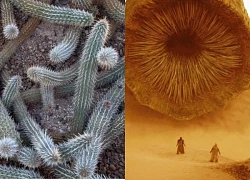 Bút Mực16:15:30 10/05/2024The strange cactus called the cow devil in Mexico not only walks but also has infinite replication powers, helping them crawl across the desert and live for hundreds of years. They are similar in appearance to caterpillars.
Bút Mực16:15:30 10/05/2024The strange cactus called the cow devil in Mexico not only walks but also has infinite replication powers, helping them crawl across the desert and live for hundreds of years. They are similar in appearance to caterpillars.

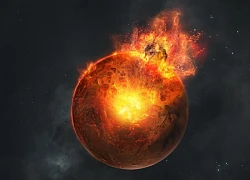


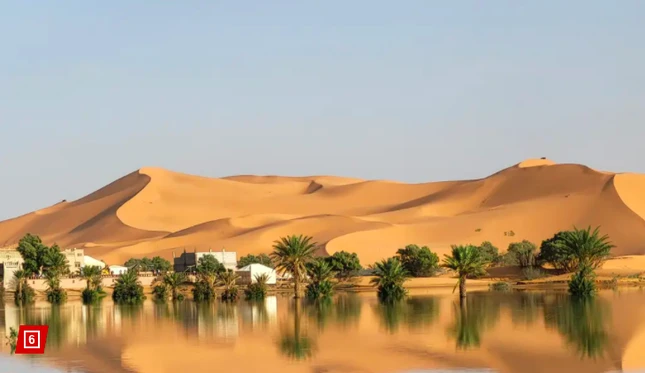
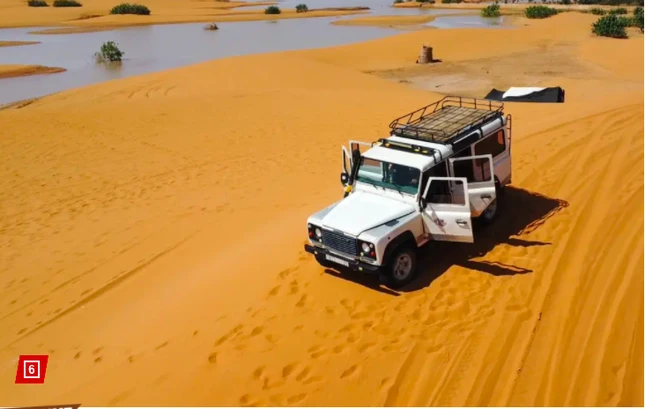

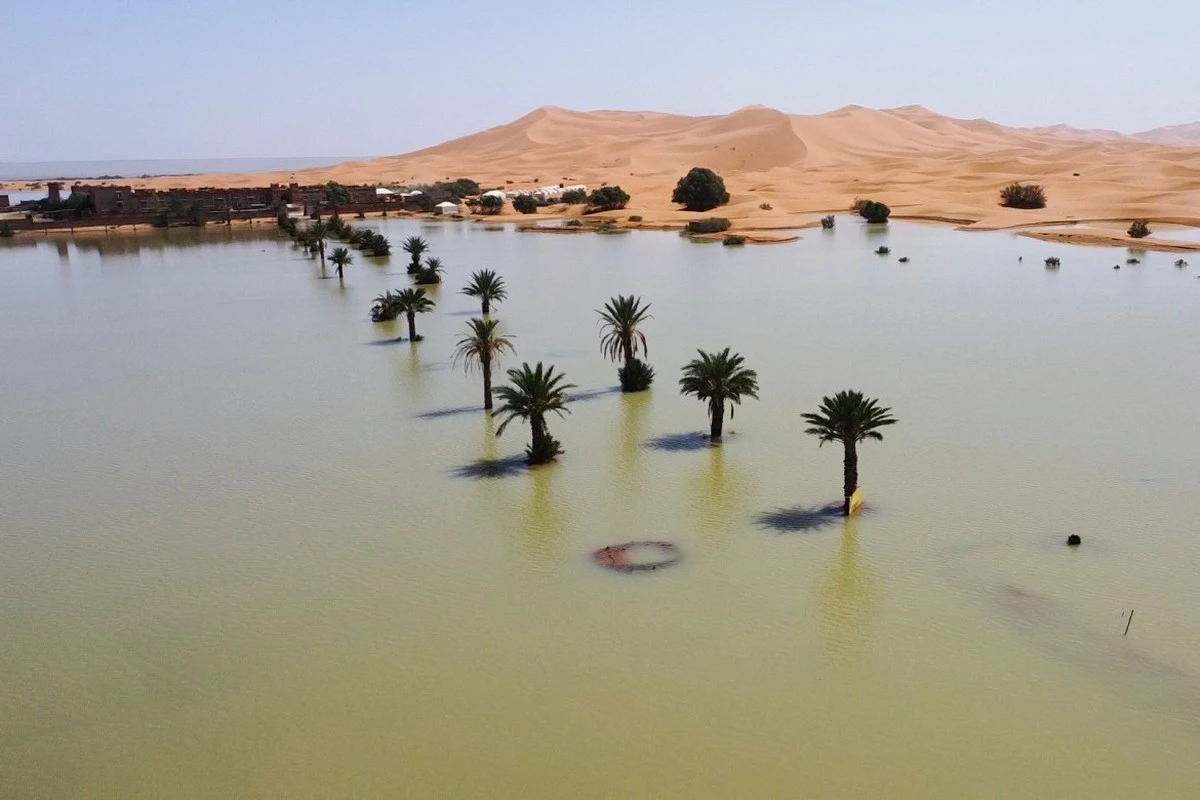
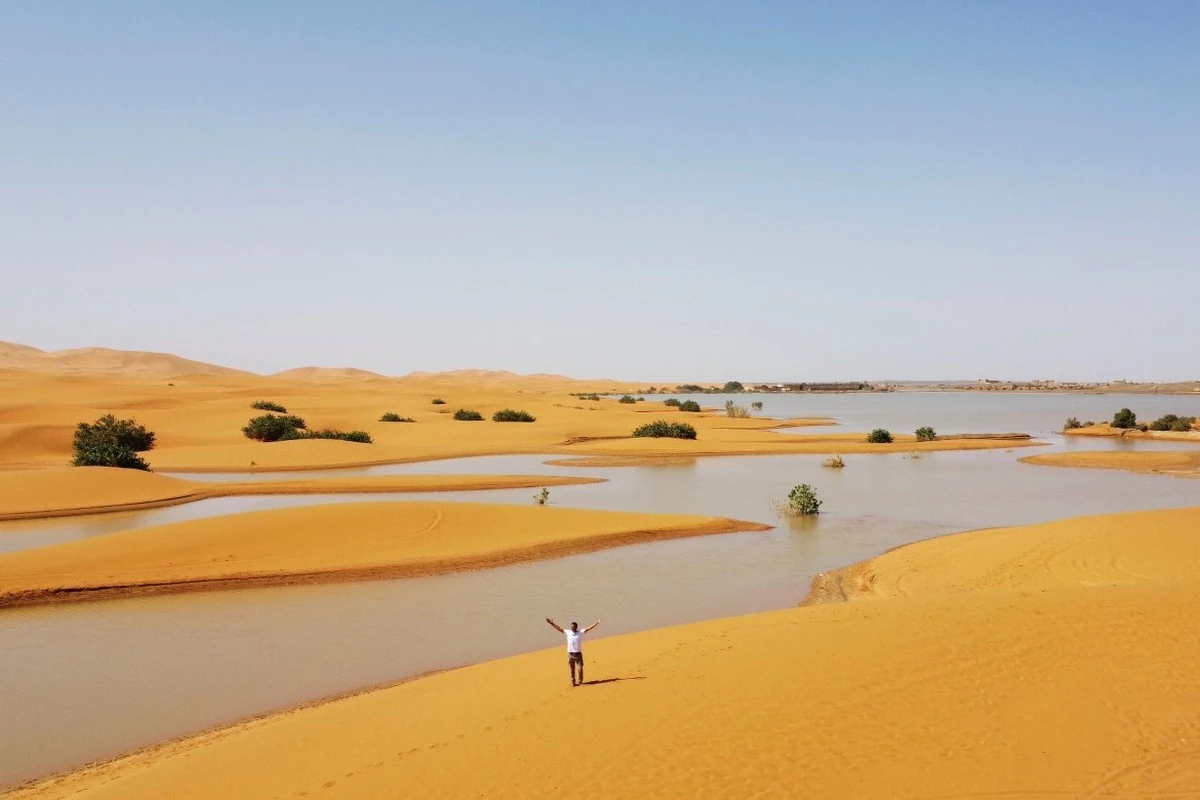
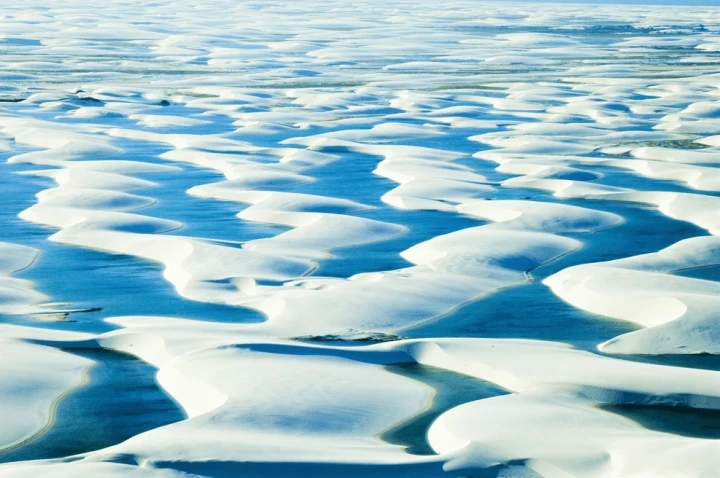
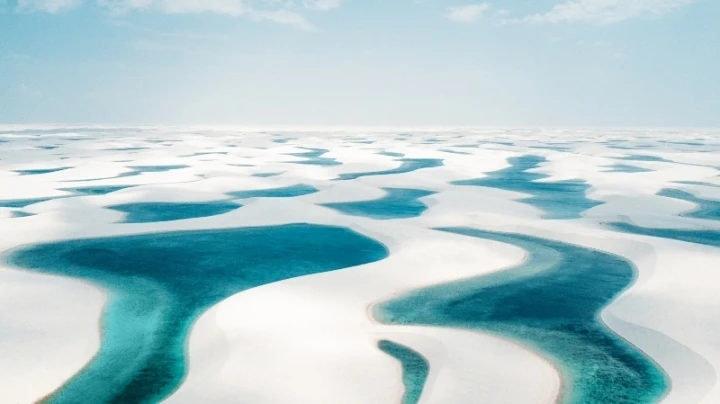
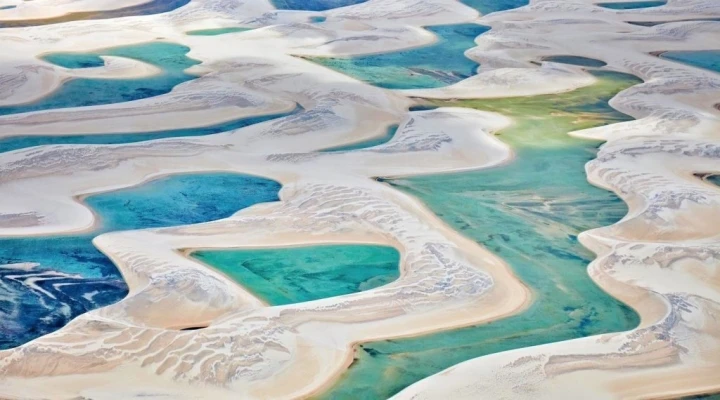
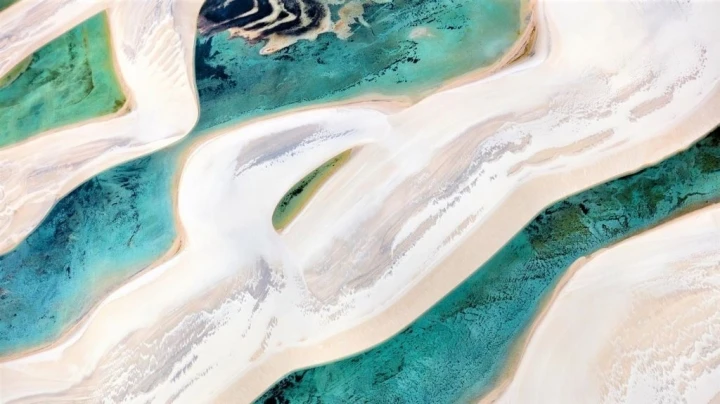
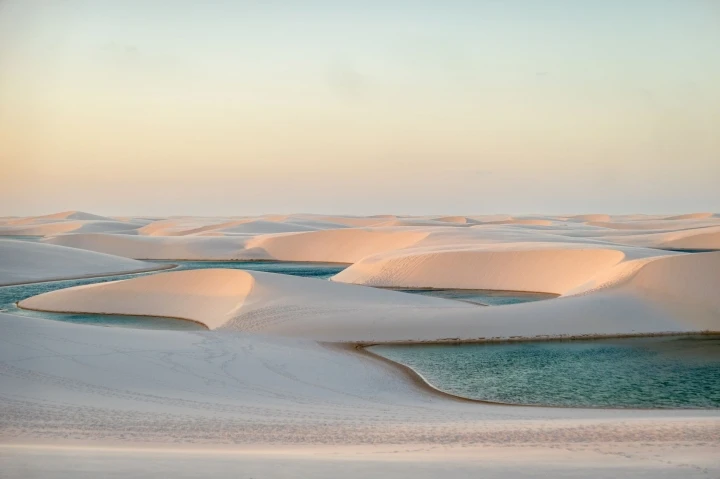
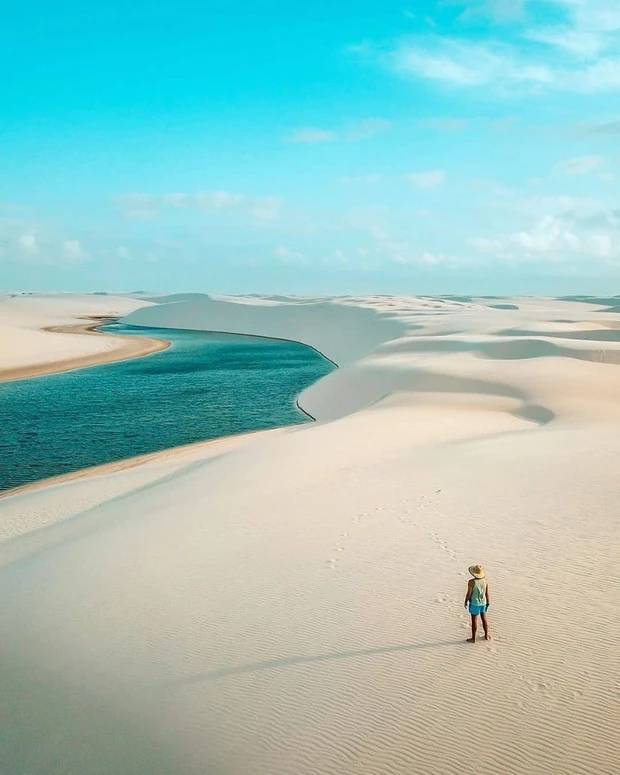
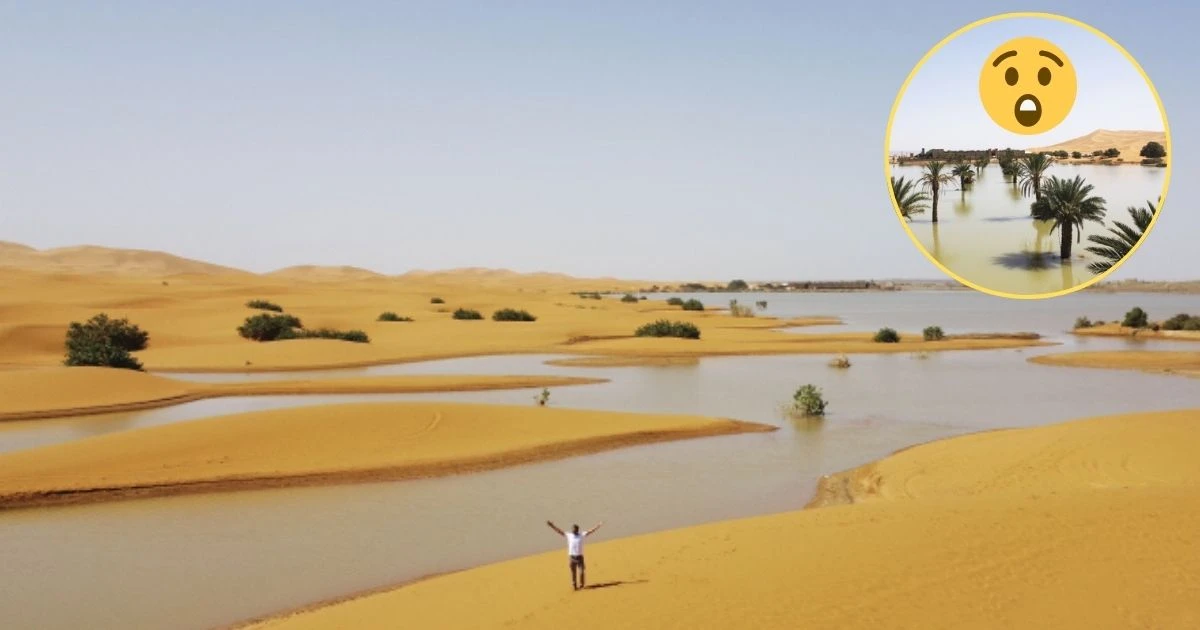
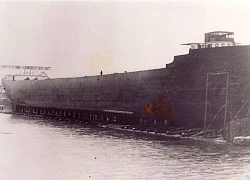 The ship that disappeared in 1913 suddenly appeared, revealing the "mysterious" truth deep under Lake Huron
The ship that disappeared in 1913 suddenly appeared, revealing the "mysterious" truth deep under Lake Huron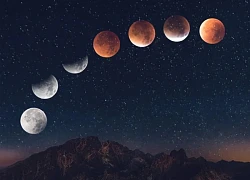 Vietnam in the lunar eclipse 'hunting' zone, 102 opportunities to see the beauty of the sky
Vietnam in the lunar eclipse 'hunting' zone, 102 opportunities to see the beauty of the sky The mystery of the dirtiest man in the world, who died just after the first shower
The mystery of the dirtiest man in the world, who died just after the first shower Empress Dowager Tu Xi suspected that she had 3 lovers, 1 foreigner, who were the other 2?
Empress Dowager Tu Xi suspected that she had 3 lovers, 1 foreigner, who were the other 2?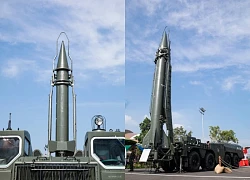 Scud-B ballistic missile causes a stir at the September 2nd military parade: Over 34 tons, maximum range 300km
Scud-B ballistic missile causes a stir at the September 2nd military parade: Over 34 tons, maximum range 300km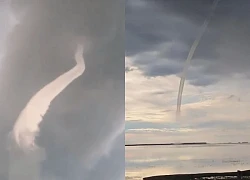 China: 'Giant straw' pierces from the sky to the ground, revealing a chilling secret!
China: 'Giant straw' pierces from the sky to the ground, revealing a chilling secret! Mystery of the Bermuda Triangle: Discovery of "rogue waves", explaining a series of disappearances
Mystery of the Bermuda Triangle: Discovery of "rogue waves", explaining a series of disappearances What is MMA that helps a girl defeat a tattooed young man in a split second?
What is MMA that helps a girl defeat a tattooed young man in a split second? The secret bedroom of Empress Dowager Cixi, the most powerful but with a debauched love "drama"
The secret bedroom of Empress Dowager Cixi, the most powerful but with a debauched love "drama"
1 | 1 Discuss | Report